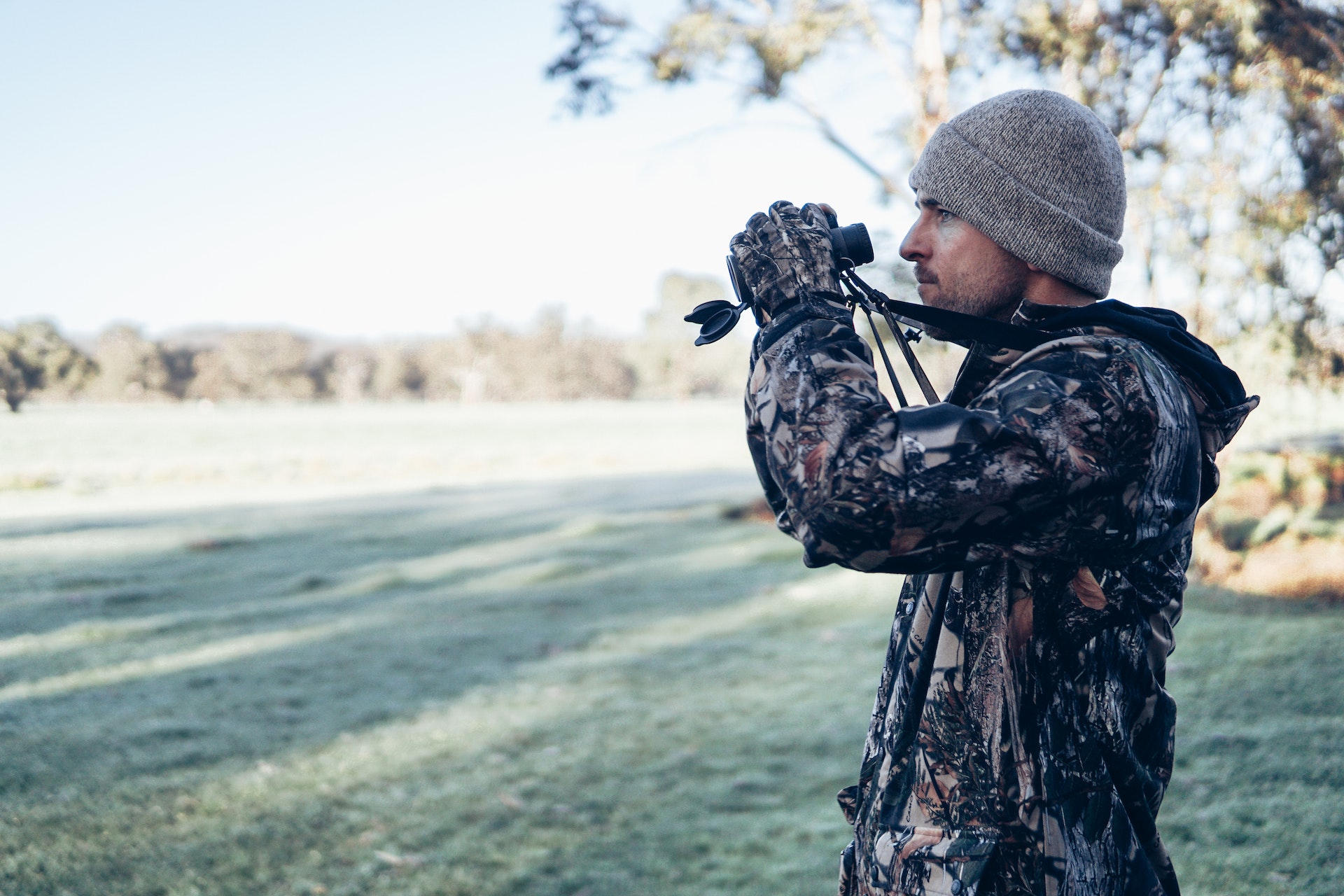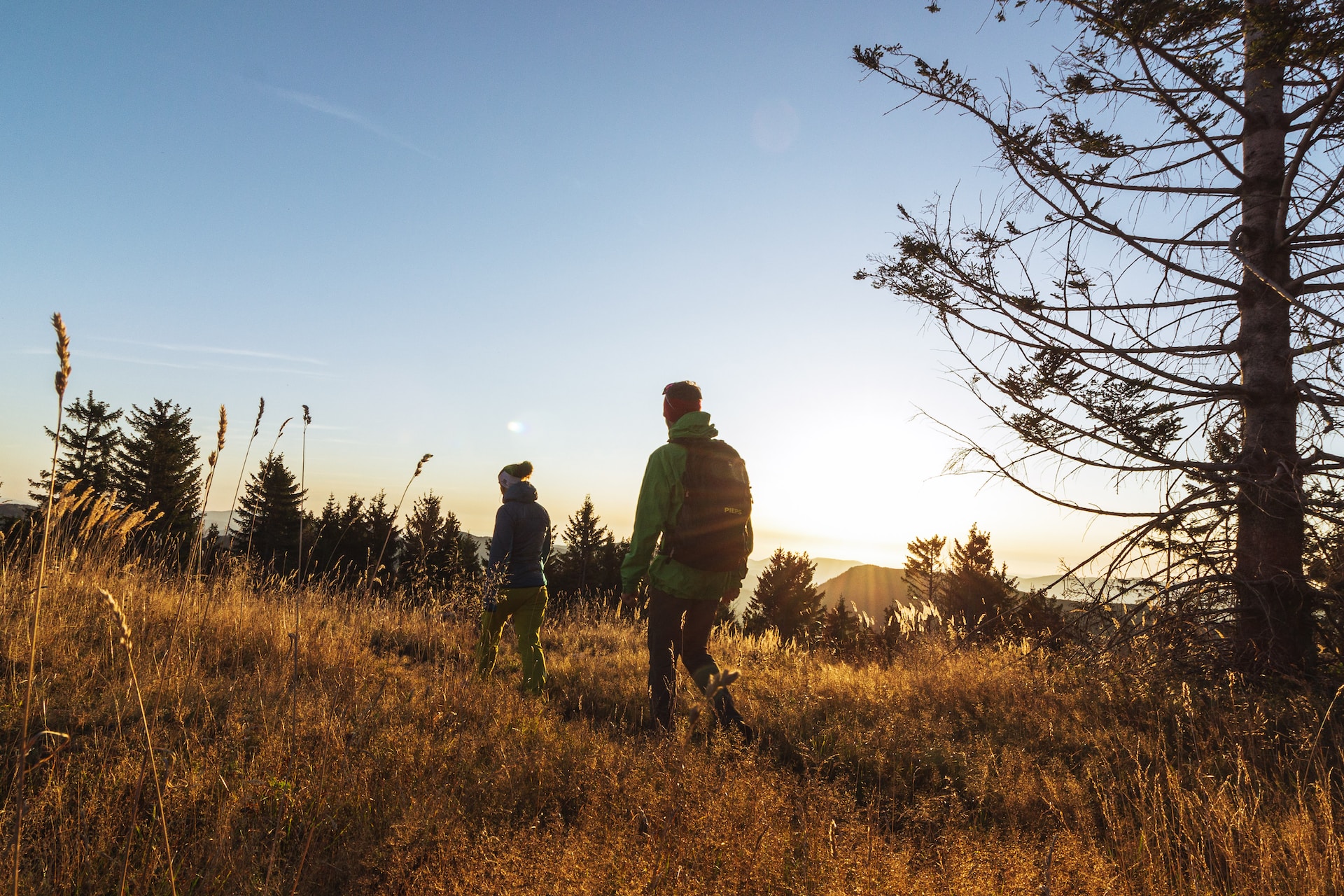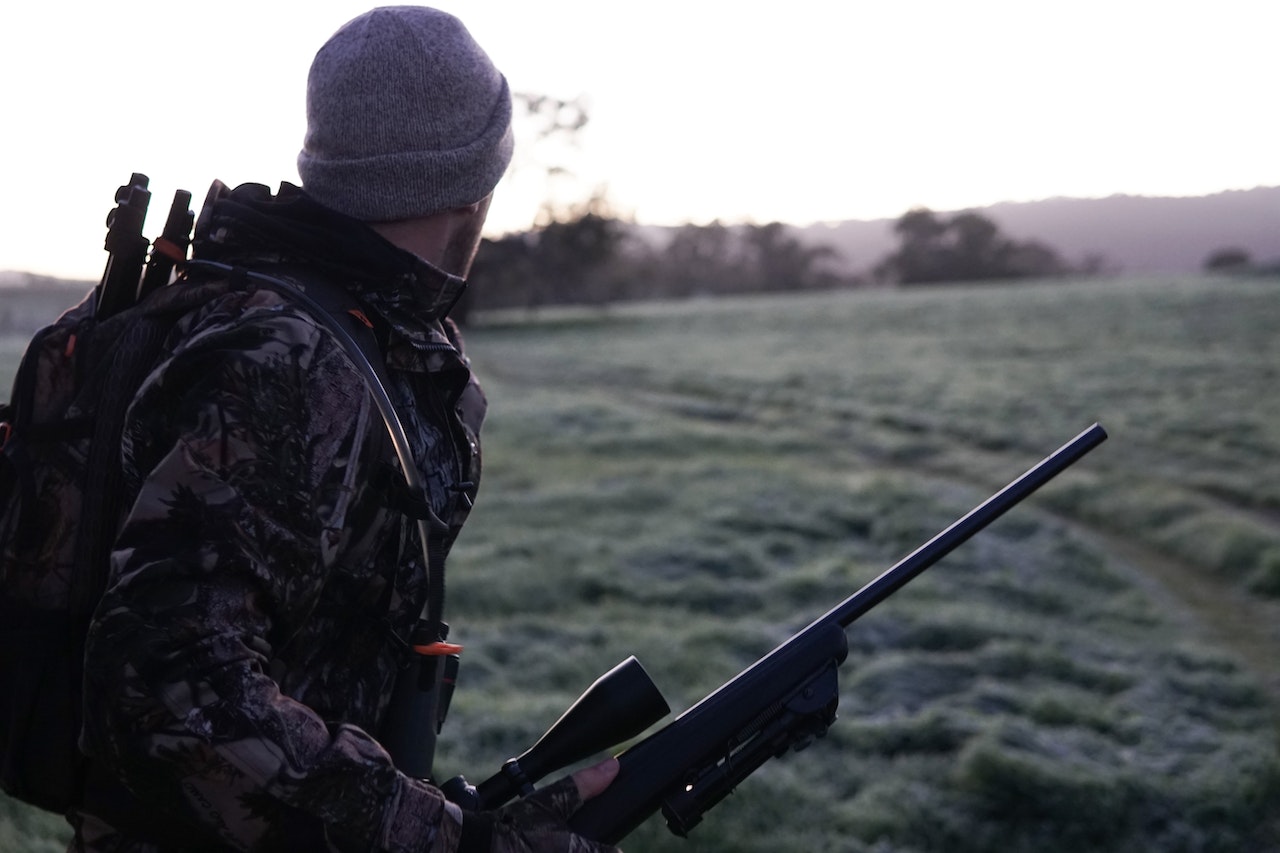South Africa is a beautiful and diverse country with plenty to offer tourists. From going for a safari in Kruger National Park to enjoying the beauty of Cape Town, South Africa is indeed a paradise. However, as with any foreign country, there are some things that you need to be aware of to stay safe and avoid being scammed. Today’s post will highlight some helpful tips for safe travel in South Africa. Keep these tips in mind when planning your trip, and you’ll be able to enjoy your time in South Africa without worrying about safety or being scammed.
Know Where Not to Go
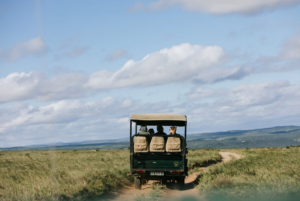 One of the most essential safety tips for South African travel is to know which areas to avoid. While the country has a lot to offer, some areas are best avoided, especially if you’re a tourist.
One of the most essential safety tips for South African travel is to know which areas to avoid. While the country has a lot to offer, some areas are best avoided, especially if you’re a tourist.
Some places you should avoid include Hillbrow in Johannesburg, Manenberg in Cape Town, and any townships in general. It’s also a good idea to avoid walking around alone at night, even in well-lit areas. If you must walk somewhere at night, try to go with a group of people.
Stay Away From a ‘Friendly’ Stranger
While it’s always lovely to meet new people when you’re traveling, you should be careful about who you talk to and how much information you share. If someone approaches you and offers to be your tour guide or show you around, politely decline. It’s best to stick to tours that are run by reputable companies. If someone does approach you and you feel unsafe, don’t hesitate to walk away or call for help. Similarly, be careful about sharing too much information with people you meet. It’s best not to share your travel plans or where you’re staying with anyone except close family or friends.
Never Flash Your Valuables
Since South Africa is a popular tourist destination, many people will try to take advantage of tourists. One way they do this is by pickpocketing. To avoid this, you should never flash your valuables around in public. Do so discreetly if you need to take out your camera or phone. Keeping your money in a money belt or hidden away in a secure pocket is also a good idea. Even if you’re in a hotel, keeping your valuables in a safe or locked up is best.
Pick Your Adventure Wisely
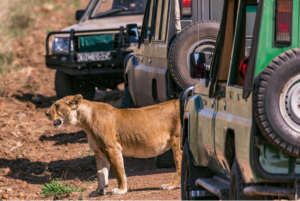 You can do many different adventure activities in South Africa, from safaris to bungee jumping. While these can all be great experiences, it’s essential to make sure you pick a reputable company. Do some research ahead of time and read reviews. Suppose something sounds too good to be true or is significantly cheaper than other options.
You can do many different adventure activities in South Africa, from safaris to bungee jumping. While these can all be great experiences, it’s essential to make sure you pick a reputable company. Do some research ahead of time and read reviews. Suppose something sounds too good to be true or is significantly cheaper than other options.
In that case, it’s probably best to avoid it. When you’re booking an adventure activity, make sure you understand what’s included and what the risks are. For example, if you’re going on a safari, find out if there are any areas you should avoid or animals that might pose a threat.
Remember to stay safe and be aware of your surroundings when traveling in South Africa. If you have any other tips to share, please leave a comment below. One final tip we would like to share is to trust your gut instinct. If something doesn’t feel right, it probably isn’t. Safe travels, folks.
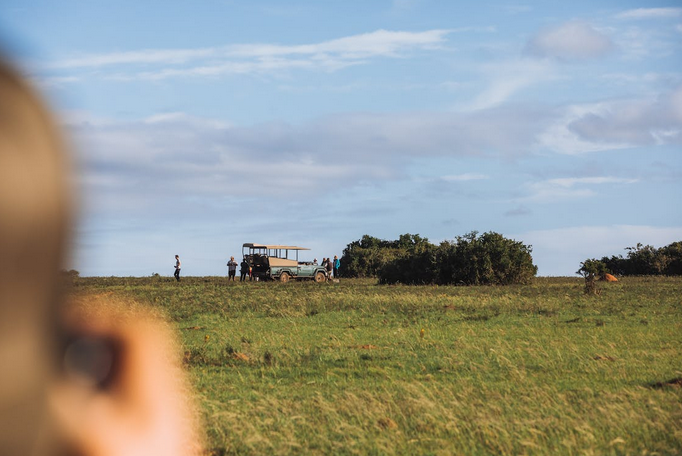


 Trains can be utilized by anyone who wishes to get to their destination without having to drive or get stuck in traffic. Many people who are also on their holidays prefer to use trains as they provide more space for bags and also allow passengers to view great sceneries.
Trains can be utilized by anyone who wishes to get to their destination without having to drive or get stuck in traffic. Many people who are also on their holidays prefer to use trains as they provide more space for bags and also allow passengers to view great sceneries.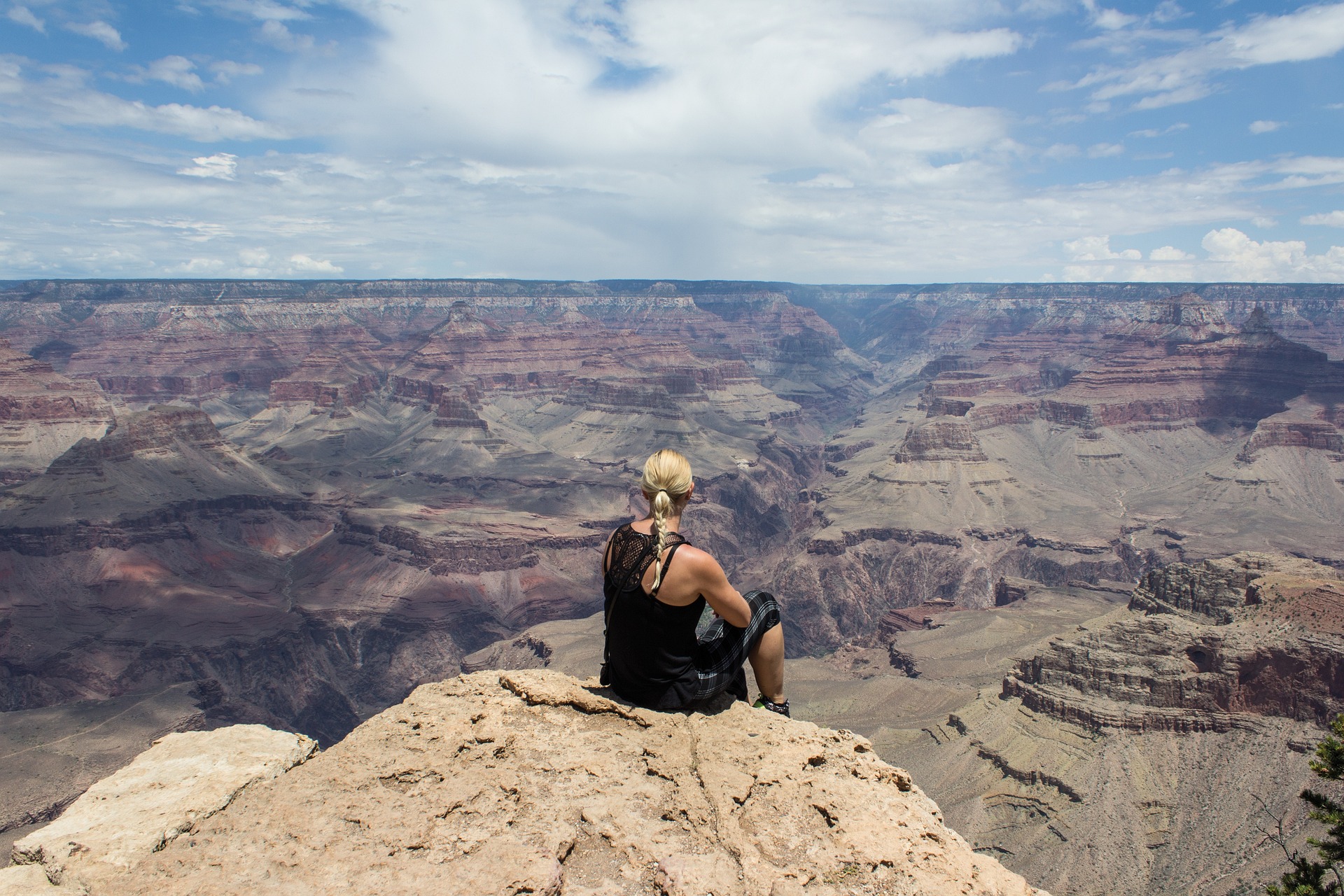
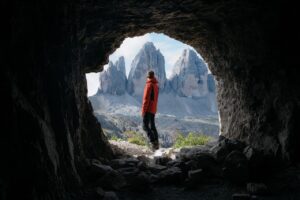 The Grand Canyon is mostly known for its breathtaking views and awe-inspiring landscapes, but did you know it’s also home to numerous hidden caves? These underground caverns are scattered throughout the canyon, tucked away in remote corners and waiting to be discovered. Many of these caves were formed millions of years ago by the same geological forces that created the Grand Canyon itself. Over time, water and wind eroded the soft rock formations, leaving behind a network of tunnels and chambers beneath the surface. While some of these caves are easily accessible to hikers and explorers, others require specialized equipment or advanced skills to navigate safely. Some even contain ancient artifacts left behind by early human inhabitants or evidence of prehistoric animals that once roamed the region.
The Grand Canyon is mostly known for its breathtaking views and awe-inspiring landscapes, but did you know it’s also home to numerous hidden caves? These underground caverns are scattered throughout the canyon, tucked away in remote corners and waiting to be discovered. Many of these caves were formed millions of years ago by the same geological forces that created the Grand Canyon itself. Over time, water and wind eroded the soft rock formations, leaving behind a network of tunnels and chambers beneath the surface. While some of these caves are easily accessible to hikers and explorers, others require specialized equipment or advanced skills to navigate safely. Some even contain ancient artifacts left behind by early human inhabitants or evidence of prehistoric animals that once roamed the region.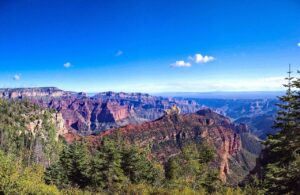 An interesting fact about the Grand Canyon is that temperatures can vary greatly depending on which rim you are visiting. The South Rim, which is more accessible and receives more visitors, has a milder climate throughout the year, with average temperatures ranging from 20-60 degrees Fahrenheit in winter and 60-80 degrees Fahrenheit in summer. On the other hand, the North Rim experiences colder temperatures due to its higher elevation of over 8,000 feet above sea level. Its average temperature during winter ranges from -5 to 25 degrees Fahrenheit, while in summer, it ranges from 50-75 degrees Fahrenheit. If you plan on hiking or camping within the park, it’s essential to check weather conditions for your specific location, as they can change rapidly. Packing accordingly with warm clothing layers and plenty of water regardless of which rim you visit is also important.
An interesting fact about the Grand Canyon is that temperatures can vary greatly depending on which rim you are visiting. The South Rim, which is more accessible and receives more visitors, has a milder climate throughout the year, with average temperatures ranging from 20-60 degrees Fahrenheit in winter and 60-80 degrees Fahrenheit in summer. On the other hand, the North Rim experiences colder temperatures due to its higher elevation of over 8,000 feet above sea level. Its average temperature during winter ranges from -5 to 25 degrees Fahrenheit, while in summer, it ranges from 50-75 degrees Fahrenheit. If you plan on hiking or camping within the park, it’s essential to check weather conditions for your specific location, as they can change rapidly. Packing accordingly with warm clothing layers and plenty of water regardless of which rim you visit is also important.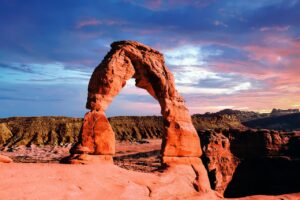 The Grand Canyon is known to be one of the most beautiful and inspiring natural wonders in the world. But did you know that it was carved millions of years ago? Yes, you read that right! The Grand Canyon has been around for a very long time. It all started around 6 million years ago when the Colorado River began to carve its way through
The Grand Canyon is known to be one of the most beautiful and inspiring natural wonders in the world. But did you know that it was carved millions of years ago? Yes, you read that right! The Grand Canyon has been around for a very long time. It all started around 6 million years ago when the Colorado River began to carve its way through 